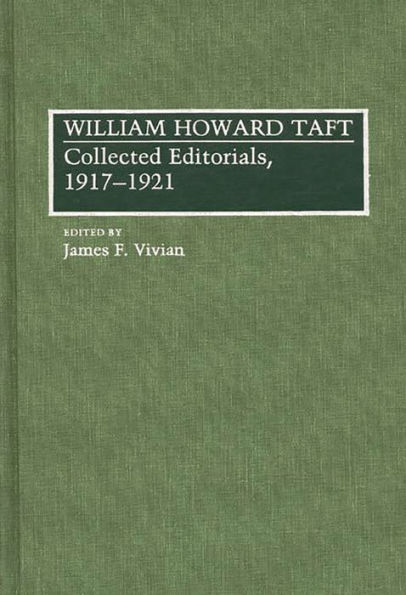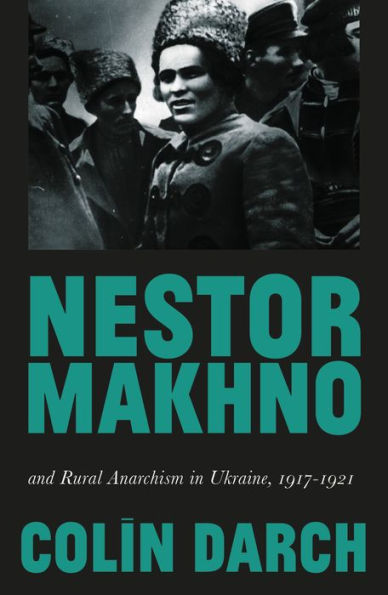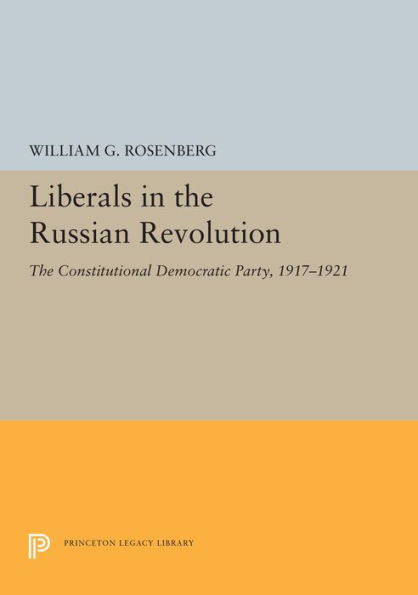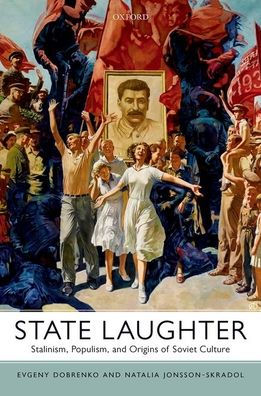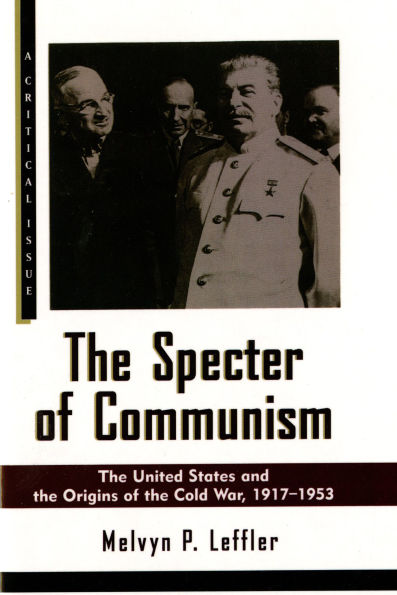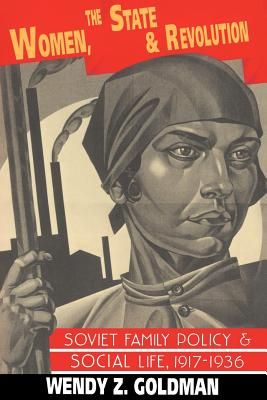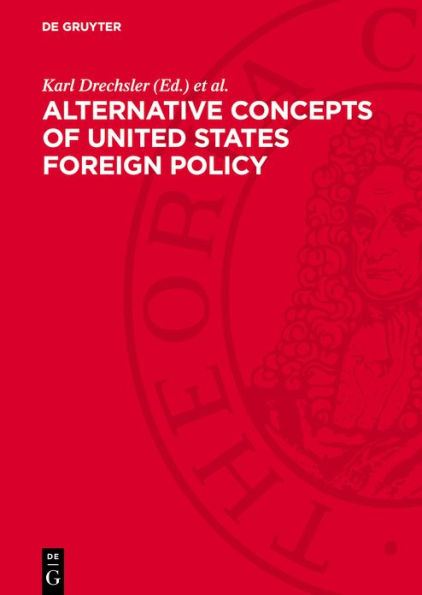Home
The Origin of Forced Labor in the Soviet State, 1917-1921: Documents and Materials
Loading Inventory...
Barnes and Noble
The Origin of Forced Labor in the Soviet State, 1917-1921: Documents and Materials
Current price: $47.00
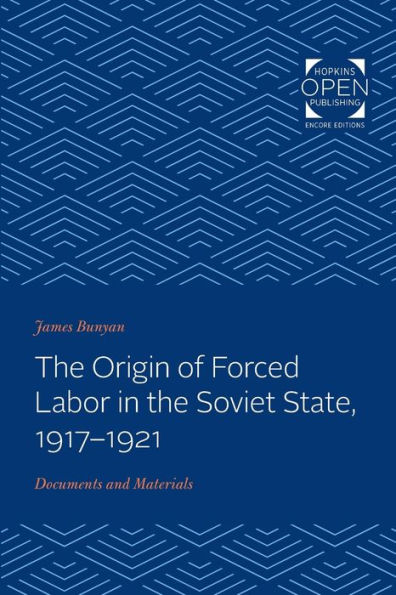

Barnes and Noble
The Origin of Forced Labor in the Soviet State, 1917-1921: Documents and Materials
Current price: $47.00
Loading Inventory...
Size: OS
*Product Information may vary - to confirm product availability, pricing, and additional information please contact Barnes and Noble
Originally published in 1967. Many documents essential for understanding the development of Soviet labor policies from 1917 to 1921 have been selected, translated, and presented in this volume.
The Origin of Forced Labor in the Soviet State, 1917-1921
begins with the early months of the revolution, when the utopian slogans of workers' control of industry and the promise of trade-union management of industrial production were the controlling factors in shaping Soviet policy on labor. Chapter 2 traces the gradual introduction of measures of labor compulsion, first in relation to those the Bolsheviks classified as the bourgeoisie and afterwards in relation to the working class. Chapters 3 through 5, the core of the study, tell the story of labor militarization—the new formula that, for the Communists, held the key to solving all economic problems in a socialist state. Chapter 3 presents the theories used to justify the militarization of labor and outlines the institutional framework that kept the system in operation. Chapter 4 deals with the application of this system to different segments of the Russian population. Chapter 5 analyzes compulsory labor in transportation, in which the validity of labor militarization as an institution came most sharply into question. The last chapter reviews the general crisis of Russian Communism, the repudiation of some of the most oppressive features of that system, and the efforts to reconcile conflicting views within the Communist Party on the role of labor under socialism.
The Origin of Forced Labor in the Soviet State, 1917-1921
begins with the early months of the revolution, when the utopian slogans of workers' control of industry and the promise of trade-union management of industrial production were the controlling factors in shaping Soviet policy on labor. Chapter 2 traces the gradual introduction of measures of labor compulsion, first in relation to those the Bolsheviks classified as the bourgeoisie and afterwards in relation to the working class. Chapters 3 through 5, the core of the study, tell the story of labor militarization—the new formula that, for the Communists, held the key to solving all economic problems in a socialist state. Chapter 3 presents the theories used to justify the militarization of labor and outlines the institutional framework that kept the system in operation. Chapter 4 deals with the application of this system to different segments of the Russian population. Chapter 5 analyzes compulsory labor in transportation, in which the validity of labor militarization as an institution came most sharply into question. The last chapter reviews the general crisis of Russian Communism, the repudiation of some of the most oppressive features of that system, and the efforts to reconcile conflicting views within the Communist Party on the role of labor under socialism.
